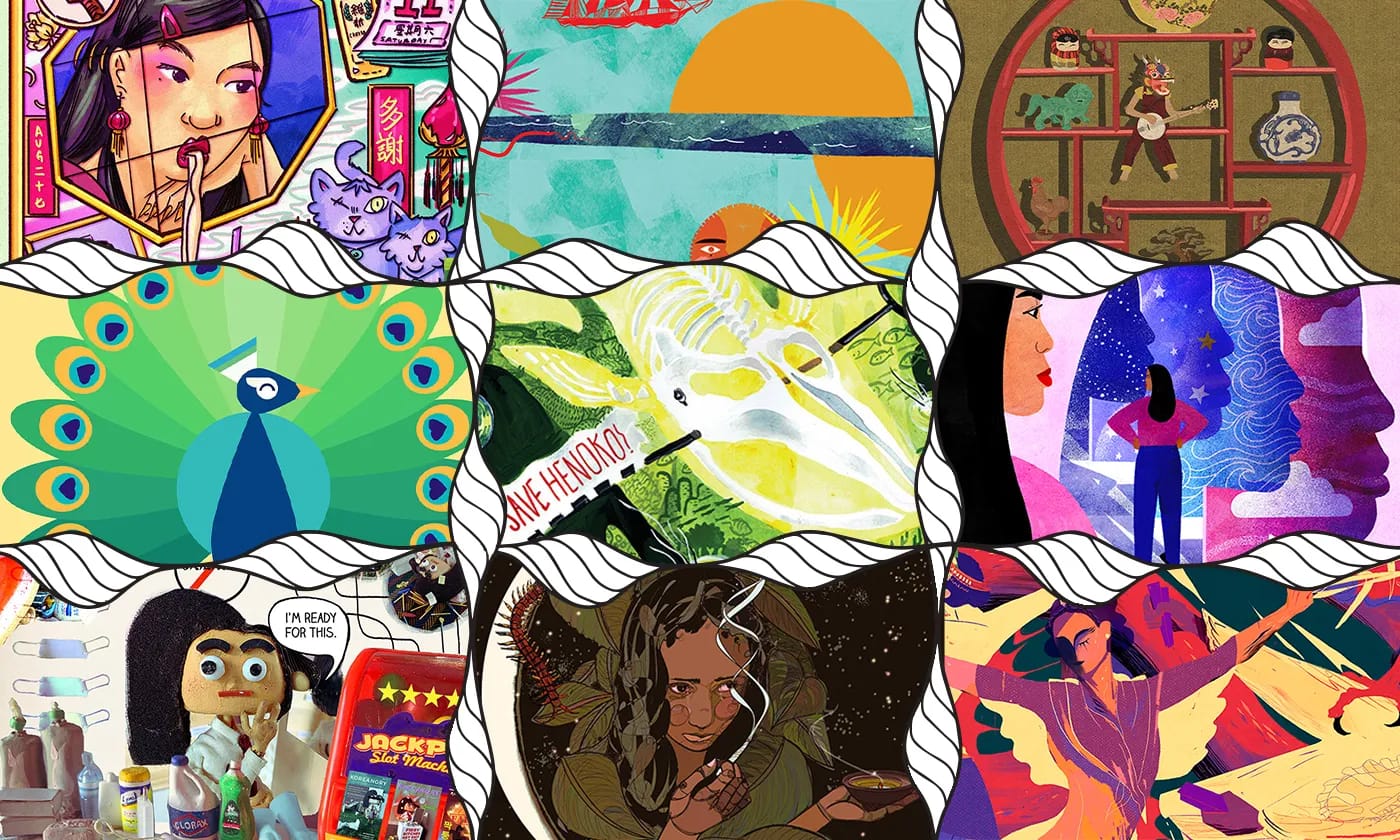The art industry in America has been a predominantly white space, with little room made for people of color. Asian Americans, in particular, have been historically underrepresented in the art world. Despite their immense talent and contributions, many Asian American artists face a lack of opportunities to showcase their work. The good news is, in recent years, Asian American artists have been making strides in the art world, challenging traditional narratives and
stereotypes, and creating new avenues for recognition.
Asian Americans have a long history of contributing to the arts in America, but their work has often gone unrecognized. Many early Asian American artists struggled to find museums that would accept their work, facing discrimination that minimized their artistic abilities. This lack of representation can be seen across various industries, not just art.
Fortunately, in recent years, Asian American artists have been breaking barriers and finding opportunities to expand their reach. One such artist is Yayoi Kusama, a Japanese artist who has made a huge impact in the realm of art. Kusama is known for her vibrant and playful installations, which often feature polka dots, pumpkins, and other playful motifs. She has been praised for her unique artistic vision, which introduces innovative notions of art and beauty. Her influence on society is extensive, particularly in the area of mental health. She has spoken openly
about her struggles with mental illness, and her artwork is frequently viewed as a reflection of her experiences. Many people have found comfort and solace in Kusama’s art, which has been described as both optimistic and restorative. Kusama’s message of resilience and hope has resonated with people all around the world, putting her amongst the most influential artists of our time.
Kusama’s success has inspired other Asian American artists to fight for recognition and visibility. It is evident that Asian American artists are making waves in the art world, challenging false conceptions and pushing boundaries. Artists like Ai Weiwei, Do Ho Suh, and Hito Steyerl are creating powerful works that address issues of identity, race, and politics. These artists are utilizing their talent to speak out against injustice and bias. This type of impact on society extends beyond the art world. Their work has the power to shape public perceptions and defy conventional narratives. By creating art that displays the stories of the greater Asian American community, these artists are heightening the visibility of our culture. They are combating stereotypes and expressing new ideas to the public through creative forms.
In summary, Asian American representation in the art industry has been historically underrepresented, but thankfully, this is changing. Asian American artists like Yayoi Kusama are making a huge impact on society, challenging outdated ideas about the visual arts and amplifying awareness. Their work has the power to shape public perceptions and empower our narratives, allowing art to be transmitted in the most genuine way. As we move forward, it is important to continue to support and uplift the voices of Asian American artists, who are creating new
possibilities for art and representation.
About the Author: Vicky is a college student at Brown University. She majors in Economics and Computer Science and is interning at CSEBRI
Sources:
Alexander, Aleesa Pitchamarn. “Asian American Art and the Obligation of Museums.”
Panorama, 2 Nov. 2022, https://journalpanorama.org/article/obligation-of-museums/.
Cole, Rachel. “Yayoi Kusama.” Encyclopædia Britannica, Encyclopædia Britannica, Inc.,
18 Mar. 2023, https://www.britannica.com/biography/Yayoi-Kusama.
Spyscape. “True Superhero Yayoi Kusama: Art Inspired by Mental Illness.” SPYSCAPE,
https://spyscape.com/article/true-superhero-yayoi-kusama-inspiring-joy-insight-into-mental-illness#:~:text=Yayoi%20had%20experienced%20psychological%20issues,the%20stigma
%20surrounding%20mental%20health.
Steyerl, Hito. “Prototype 1.0 and 1.1, 2017 – Hito Steyerl.” Www.wikiart.org, 1 Jan. 1970,
https://www.wikiart.org/en/hito-steyerl/prototype-1-0-and-1-1-2017.

